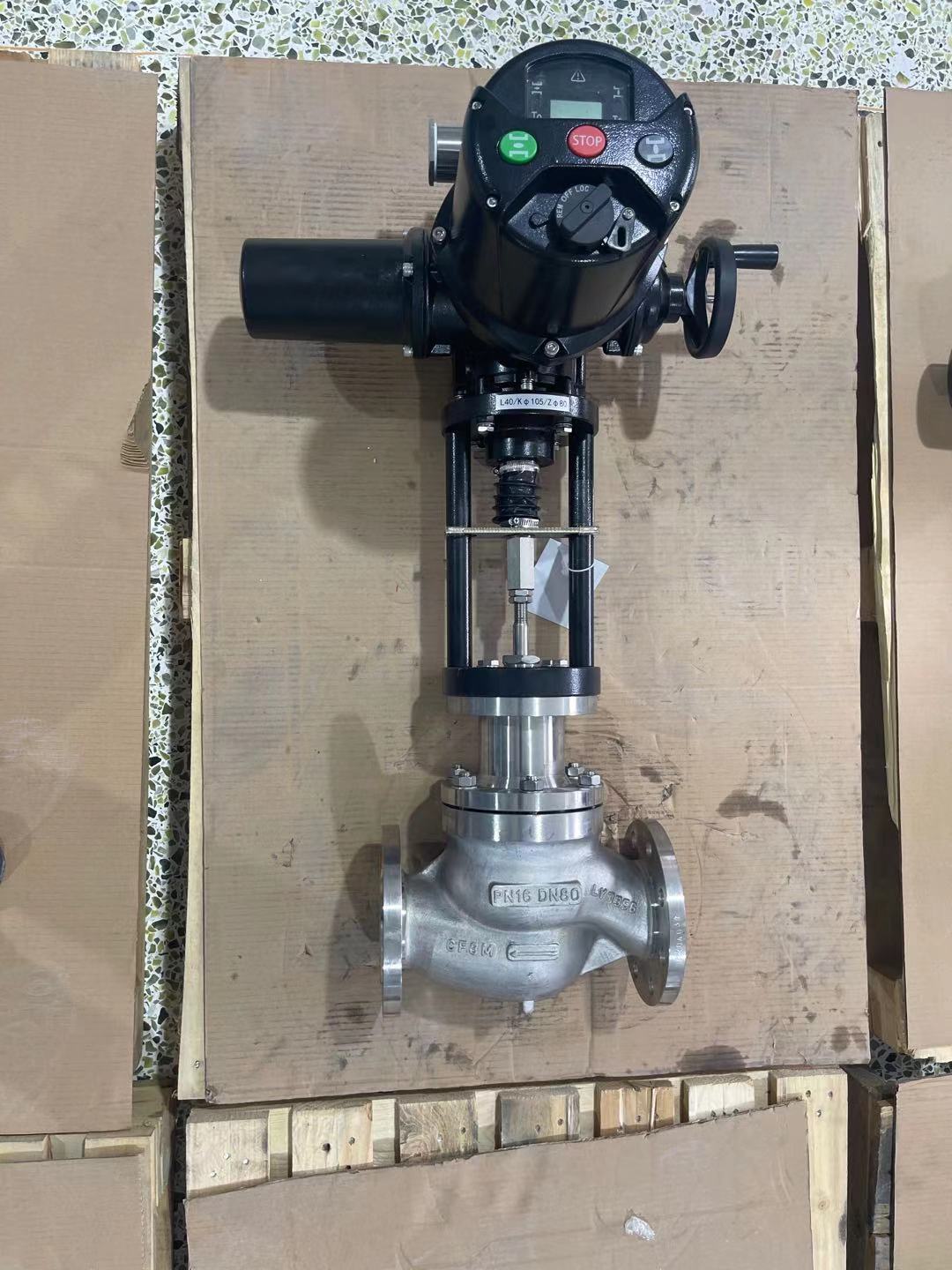hydrogen energy electric two-seat regulating valve: a key component in sustainable energy systems
Release time:2024-12-09 21:08:56
In the quest for sustainable energy solutions, hydrogen has emerged as a promising alternative to traditional fossil fuels. As the world shifts towards cleaner energy sources, the role of advanced components in hydrogen energy systems becomes crucial. Among these components, the hydrogen energy electric two-seat regulating valve stands out as a vital element that facilitates efficient and safe hydrogen management. This article explores the significance, functionality, and applications of the hydrogen energy electric two-seat regulating valve, emphasizing its role in the transition to a hydrogen-based energy economy.

Understanding the Hydrogen Energy Electric Two-Seat Regulating Valve A regulating valve is designed to control the flow and pressure of fluids within a system. The two-seat configuration specifically refers to a valve design featuring two seats, allowing for precise control and regulation of the flow of hydrogen gas. This design enhances the valve's ability to manage varying pressures and flow rates, making it suitable for diverse applications in hydrogen energy systems.
The electric actuation mechanism provides automation and remote control capabilities, enabling real-time adjustments based on system demands. This feature is particularly beneficial in hydrogen energy systems where maintaining optimal conditions is essential for safety and efficiency. The electric two-seat regulating valve can be integrated with advanced control systems, ensuring precise monitoring and management of hydrogen flow and pressure.

